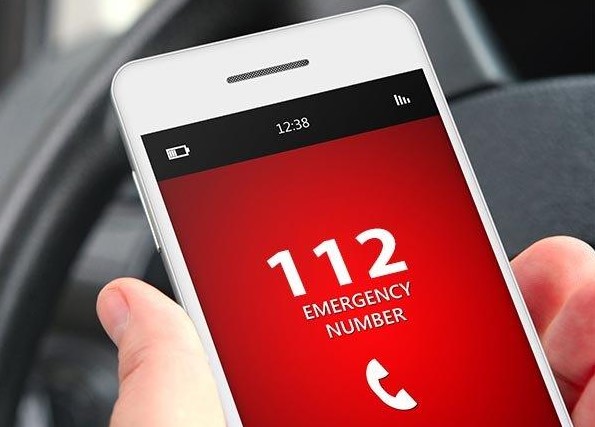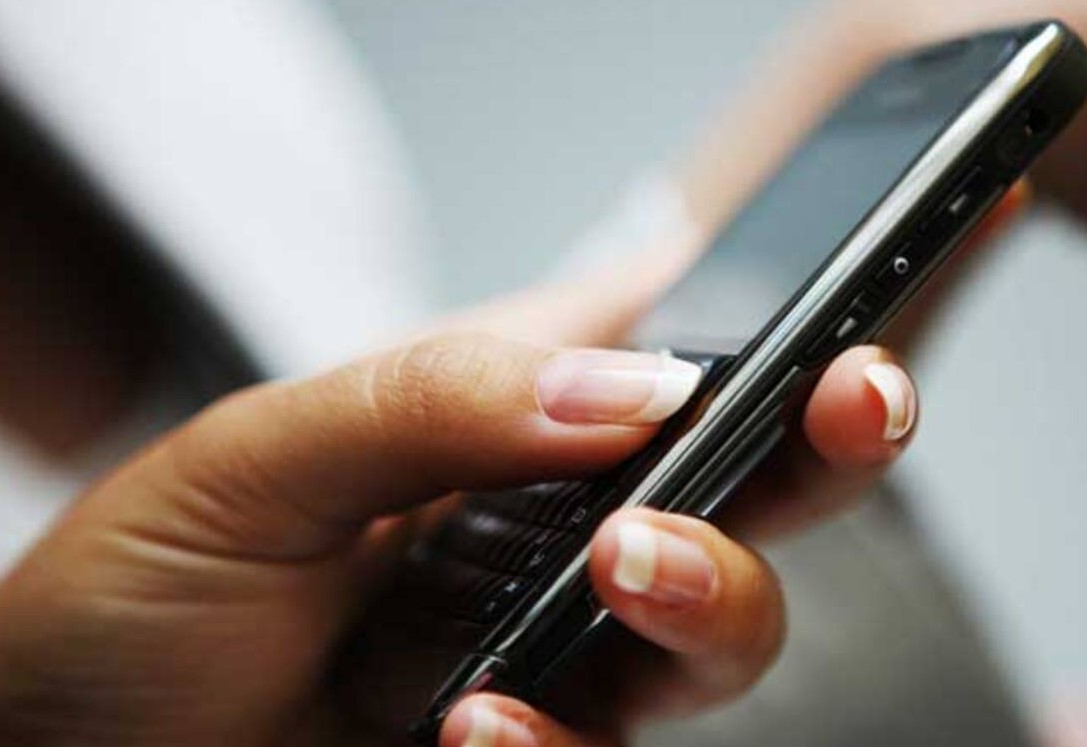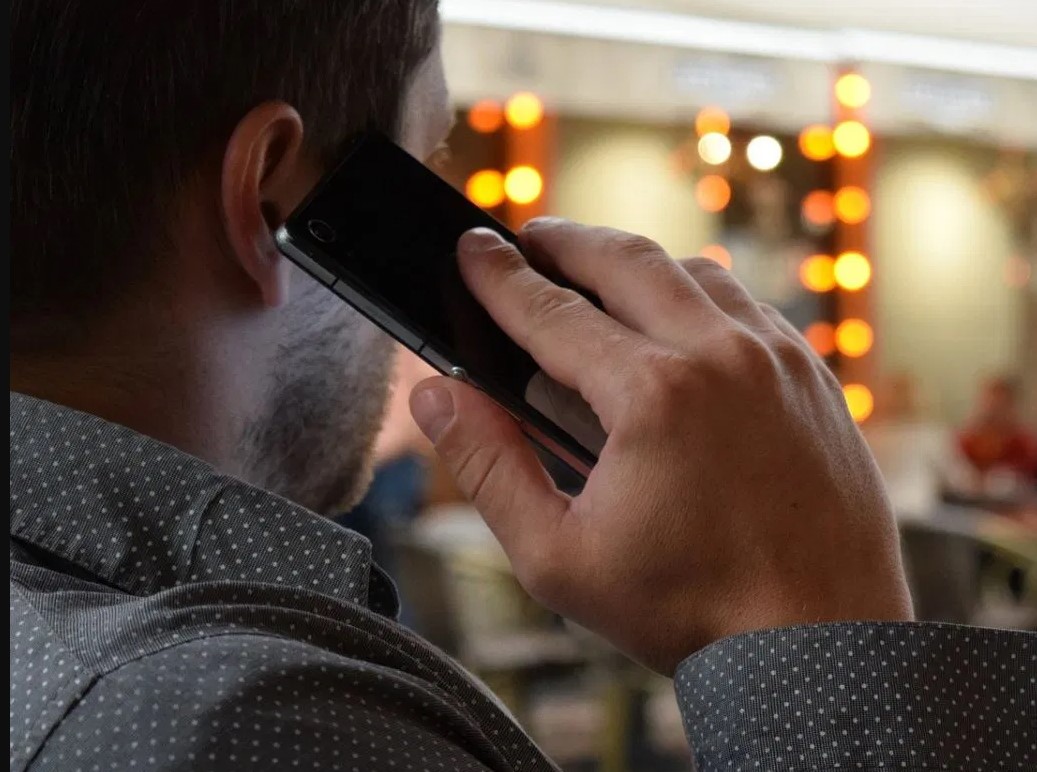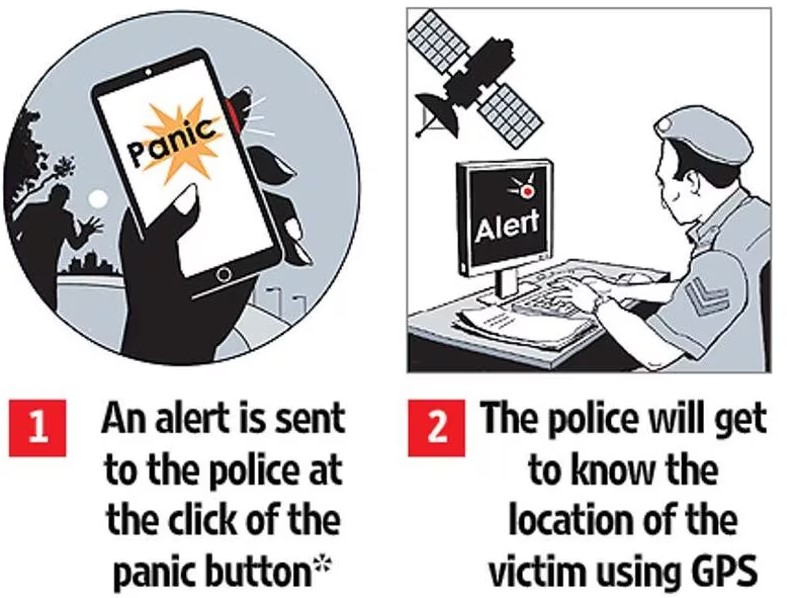Highlights
- India’s mobile panic button aims to provide immediate emergency assistance, especially to women and children.
- Current data shows that a vast majority of the panic button activations are false alarms.
- Inadvertent triggers by the Indian diaspora in other countries have led to global concerns.
- Proposed solutions include geo-fencing, temporary disabling, and device-specific confirmation mechanisms.
Personal safety, especially for women, has always been a matter of national concern to the Indian government.
As such, the country took a landmark step back in January 2017, mandating the inclusion of a “panic button” feature on all mobile phones sold within the nation.
This initiative, fueled by the urgency of cases like the horrific 2016 Nirbhaya incident, was envisioned as a quick accessible method for citizens to call for emergency assistance.
However, more than six years into the implementation, the feature seems to be echoing mostly in the void rather than the emergency service centers.
But first, a little background on the Panic Button feature and the parties involved with its inception.
What is the Panic Button?
The panic button, a critical safety feature introduced in mobile phones, is designed to provide immediate assistance in emergencies.
Its core functionality is to enable a quick and efficient way for users to contact emergency services with minimal interaction with their devices.

On Smartphones
- In most smartphones, users can activate the panic button by either holding down the power button in conjunction with the volume up button or by quickly three time pressing the power button.
- Upon activation, the phone establishes a connection with the Emergency Response Support System (ERSS) in India, which operates under the emergency number 112.
- Once connected, the user is directed to an Interactive Voice Response (IVR) system. This IVR system uses voice prompts to guide the caller, ensuring that they are swiftly connected to the most appropriate emergency service based on their current location.
- The system is designed to be intuitive, providing on-call commands that allow the user to specify the nature of their emergency, be it medical, fire, police, or any other critical assistance.
On Feature Phones
- Feature phones, which typically have a more limited interface and fewer functionalities compared to smartphones, have streamlined the process further.
- Users can activate the panic button feature with a long or hard press of a designated hotkey. This simplicity ensures that even those with basic phones can access emergency services without any hurdles.
- Similar to smartphones, once the panic button is activated, the call is directed to the ERSS, and the user is then guided through the IVR system to connect with the nearest and most relevant emergency service.
Parties Involved
In the labyrinth of Indian bureaucracy, a powerful coalition of key government bodies banded together to push the mobile panic button from concept to reality.
Steering the ship were none other than the Ministry of Home Affairs (MHA), Ministry of Electronics and Information Technology (MEITY), and Department of Telecommunications(DOT) agencies often seen at the nexus of technology and governance.
Not to be overshadowed, the Ministry of Woman and Child Development (MWCD) brings to the table an understanding of the social fabric, advocating for the feature to be particularly attuned to the safety needs of women and children.
The Disquieting Numbers

However, it would appear that the current statistical data casts a grim shadow on the initiative.
A case study focusing on Haryana State shows that out of 100 percent of emergency calls triggered via the panic button, a meager 2 percent are genuine, with 98 percent never even crossing the IVR stage, rendering them unwanted calls.
In the national capital, Delhi, the numbers are only slightly better but still worrying. Of the 100,000 emergency calls made daily, only 18,000 prove to be genuine.
“The Panic Button initiative for mobile phones is designed with the safety of citizens as the foremost priority.
We are aware of the current challenges and are committed to refining the system for maximum effectiveness,” the government emphasized.
A Global Confusion

Curiously, the ramifications of India’s mobile panic button are not confined to its geographical limits.
In nations where the Indian diaspora has a substantial presence, accidental activation of this emergency feature on devices programmed for Indian services has become a point of concern.
These inadvertent triggers end up alerting local emergency services, causing not only false alarms but also contributing to system inefficiencies.
This issue has recently come onto the Indian government’s radar.
Solutions To The Problem?
The dismal figures indicate a silent crisis: genuine emergencies are not getting the immediate attention they require due to the noise of false alerts.
The problem is exacerbated when critical time is lost in distinguishing between genuine and fake calls. Here are some suggestions which can be taken to tackle the present challenges:

Feasibility Study for Geo-Fencing the Panic Button: Evaluate the technical and logistical possibilities of automatically disabling or enabling the panic button feature in smartphones through a software update when an Indian citizen crosses national boundaries or returns to India.
This would help in reducing accidental triggers in countries other than India.
Temporary Measures
Temporary Disabling of the Feature: In light of the overwhelming percentage of false calls, it may be considered to temporarily disable the panic button feature on all mobile handsets until a more robust solution is in place.
During this period, a public awareness campaign could be conducted to educate users on the correct usage of the feature, which can then be reactivated.
Device-Specific Adjustments
Adoption of a Confirmation Mechanism: Based on observations related to certain brands of mobile handsets that are often triggering accidental emergency calls, it’s worth considering a confirmation mechanism like the one used in iOS devices.
After the panic button is activated, the user would be directed to the phone screen to either confirm or cancel the emergency call within a set time frame.
This feature could come with both audio and visual indications to assist the user in making a conscious decision.
A study should be initiated to see if a similar mechanism can be implemented in Android devices.
“The essence of technology is to serve and protect its users. The mobile panic button epitomizes this intent.However, the rising wave of false alarms underscores the pressing need for widespread awareness.
Only then can we truly leverage its potential for immediate assistance in dire situations,” the industry voices.
By taking these recommendations into account, the involved ministries and agencies can significantly enhance the effectiveness of the mobile panic button, ensuring it serves its intended purpose: to provide a quick and reliable means for Indian citizens to seek help in emergencies
The Road Ahead
The silence of unawareness is drowning the desperate calls for help.
As the government and technical agencies look for a solution, it is equally crucial for the public to educate themselves on the proper use and scope of the mobile panic button.
FAQs
What is the main purpose of the mobile panic button in India?
The panic button was introduced to provide immediate assistance in emergencies, especially catering to the safety of women and children.
Why are there concerns about the effectiveness of the panic button?
A significant number of activations are false alarms, with many calls not crossing the IVR stage, leading to potential delays for genuine emergencies.
How has the Indian diaspora inadvertently affected emergency services abroad?
Devices programmed for Indian services, when accidentally triggered abroad, have alerted local emergency services, leading to false alarms and system inefficiencies.
What are some proposed solutions to improve the panic button’s effectiveness?
Suggestions include geo-fencing, temporary disabling of the feature, and adopting a confirmation mechanism for activations.
